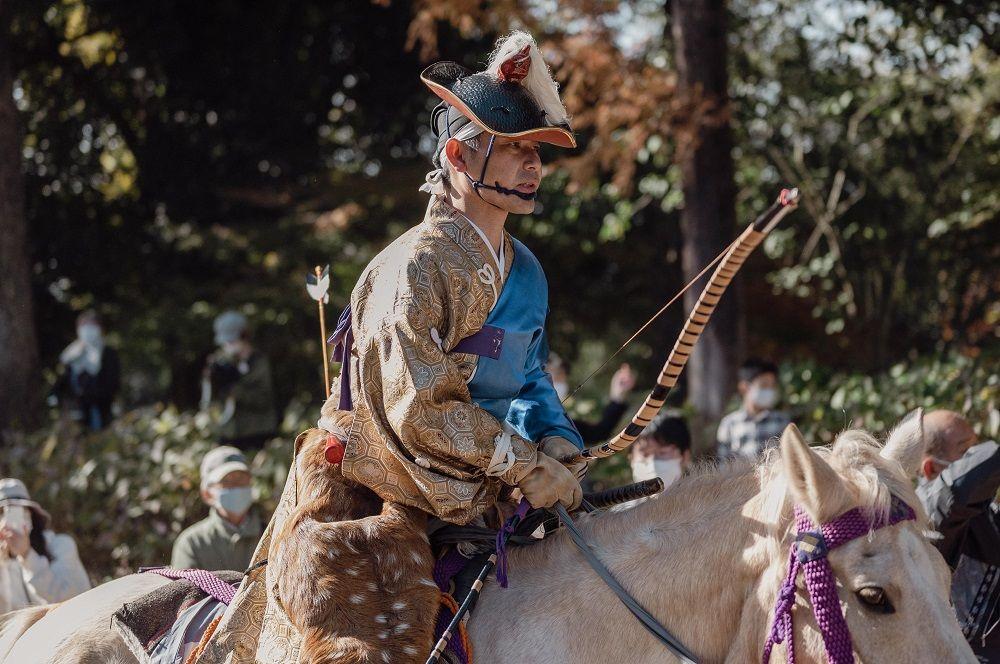Along with Kumamoto Castle, Suizenji Jojuen Garden (sometimes called Suizenji Park) is one of the main tourist spots in Kumamoto City. The carefully manicured gardens occupy an important place in Kumamoto’s history and speak volumes of Kumamoto’s unique samurai culture.
Most visitors come to enjoy a stroll around the grounds and a visit to Izumi Shrine. If you time your visit just right, however, you can enjoy live performances of Japanese arts like yabusame and Noh theater that you can’t find anywhere else.

The History Behind Suizenji Jojuen
The Hosokawa clan ruled over the province of Higo (modern-day Kumamoto) starting in the 1600s. The Hosokawas were very supportive of the arts, both martial and aesthetic, and made great contributions in a variety of disciplines, including tea ceremony, flower cultivation, bonseki (miniature landscapes made of white sand and rocks on black trays), and pottery.
Owing to the natural springs here that make for excellent tea, Lord Hosokawa Tadatoshi built a teahouse on this site in 1632. (The teahouse now standing in Suizenji—Kokindenju no Ma—was relocated here from Kyoto in 1912 and is not the original teahouse erected by Tadatoshi.) His grandson Tsunatoshi then built an accompanying strolling garden complete with a pond and miniature Mt. Fuji.
A Quick Tour of Suizenji Area
The Kumamoto City Tram is the recommended way to get to Suizenji area. Get off at Suizenji Park (not Suizenji Station) and follow the green signs north to the entrance. The approach to the park features a few old-timey souvenir stores, a couple of places to eat, and a kimono rental shop.
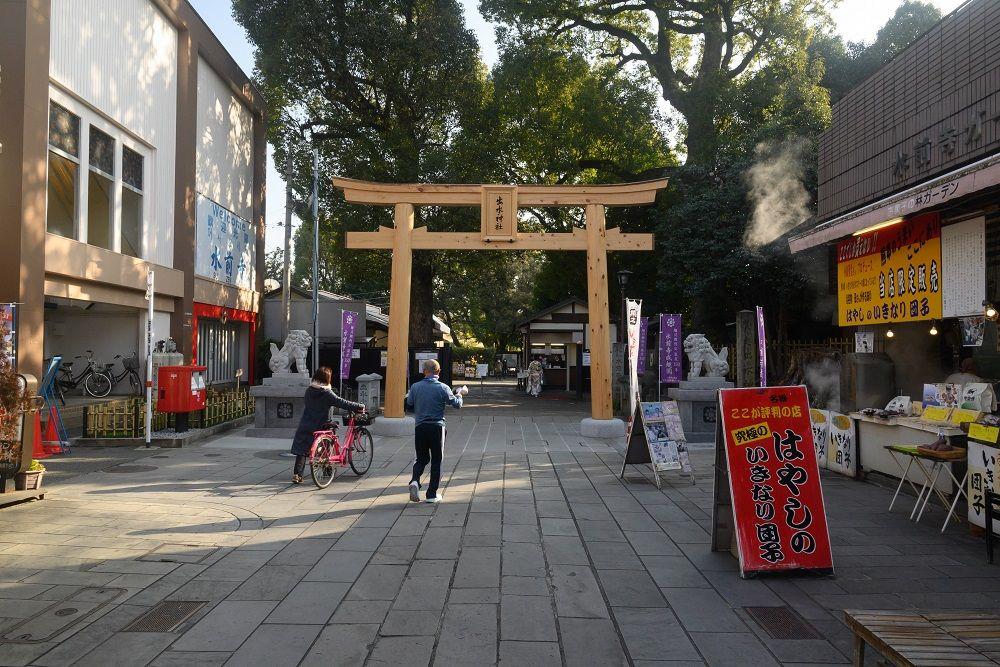
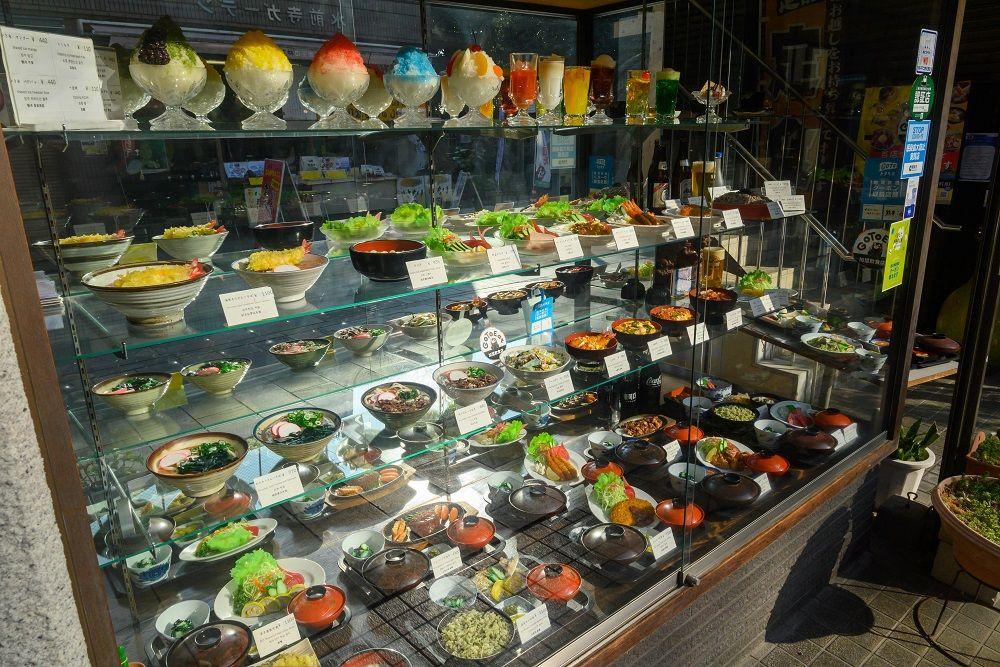
Make your way under the large wooden torii gate and buy a ticket from the ticket window on the right (¥400 per adult and ¥200 per child).
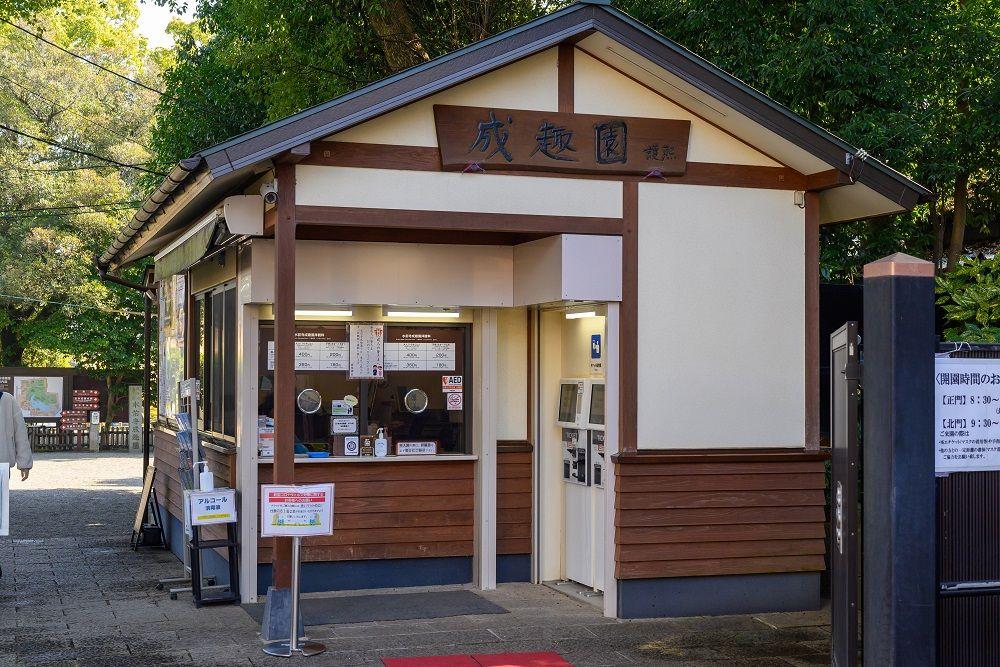
Upon entering, the main areas of the gardens are: Izumi Shrine to the left; the central pond and grounds in the center; and the Kokindenju no Ma teahouse slightly to the right. Let’s visit the teahouse first.
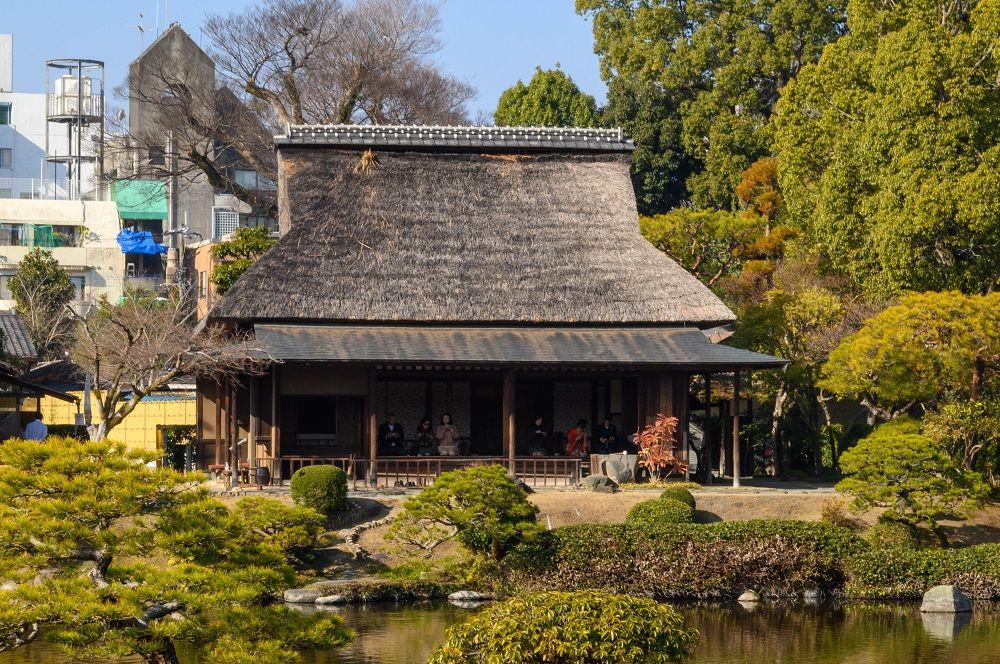
Kokindenju no Ma: Teatime on the Pond
The Kokindenju no Ma is a historic teahouse where visitors can enjoy a bowl of matcha and a traditional sweet. Out of two options, I opted for the kaseita, a thin sandwich of crispy rice wafers and sweet quince jam.
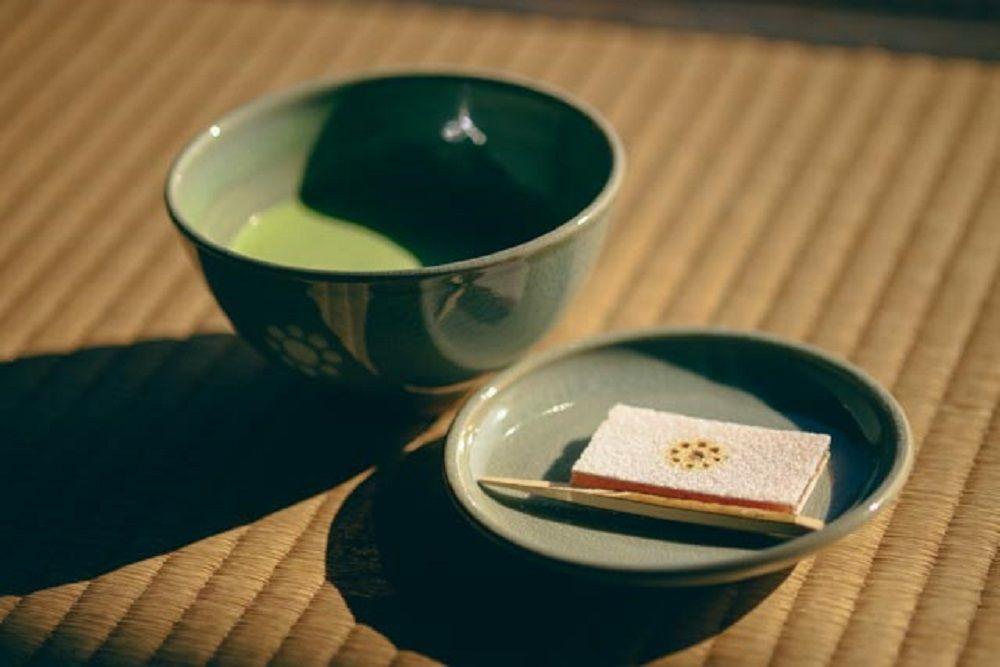
Next, we’ll take a look at Izumi Shrine.
Izumi Shrine: Dedicated to the Hosokawa Lords
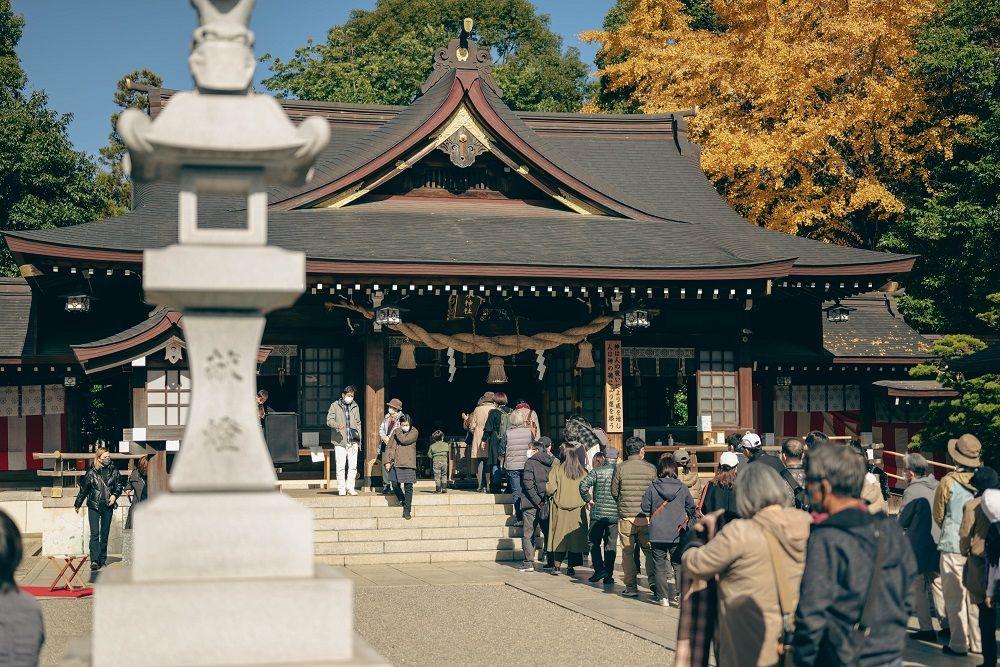
Founded in 1878, Izumi Shrine was founded to worship the past lords of the Hosokawa clan. Izumi Shrine is a popular spot to visit on and around New Year’s. I visited in early January and was able to see families visiting the park to take pictures for Coming of Age Day.
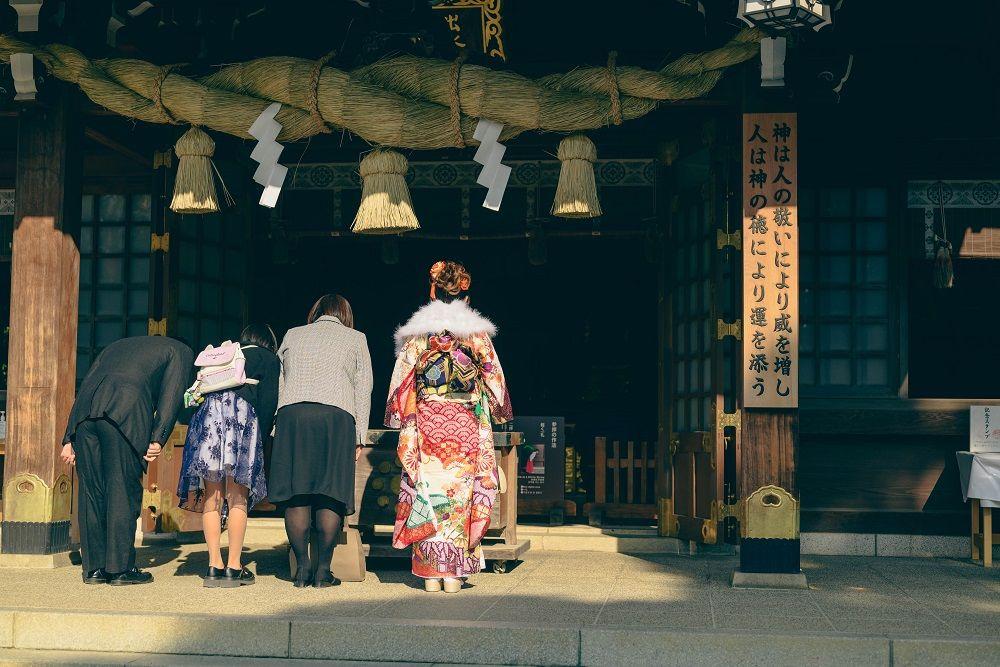
Cultural Events at Suizenji – Yabusame
From karate to judo, naginata, and kendo, Japan is famous for its deep history of martial arts. One of the most impressive martial arts I’ve ever witnessed is yabusame, or horseback archery. Due to the skill, equipment, and danger involved, public exhibitions are very rare, so do not pass up the opportunity to witness real yabusasme if given the opportunity.
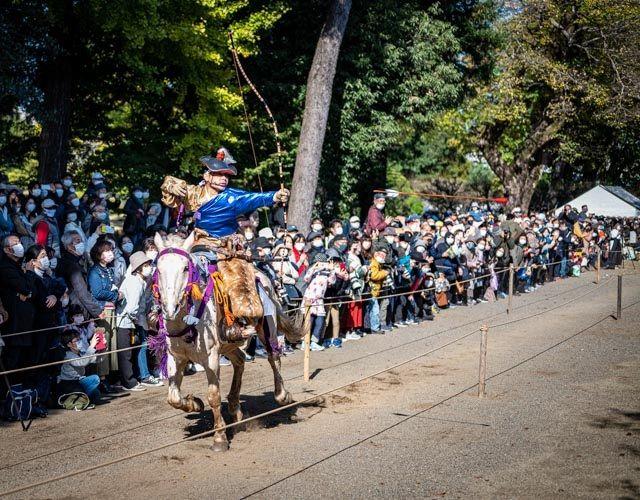
There are two main schools of yabusame: the Ogasawara school and the Takeda school. Both schools follow the same basic yabusame principles but differ in attire and ceremony. The Takeda school is based in Kumamoto and does periodic exhibitions at Suizenji. I had the opportunity to speak with Yojiro Takehara, the 44th Takeda master, and Kota Takehara, his son and acting master, so the following will cover Takeda-style yabusame.
What is Yabusame?
An important aspect of yabusame is that it is first and foremost a historic ritual to please the gods rather than a competition. This is exemplified by the elaborate attire and pre-performance ceremony.
In a yabusame exhibition, archers take turns riding their horses at a fast gallop down a 220m track while shooting arrows at three separate targets. Between shots, archers have a mere seven seconds to pull an arrow from their belt, nock the arrow, pull back, aim, and fire, all without touching the horse or the reins with their hands.
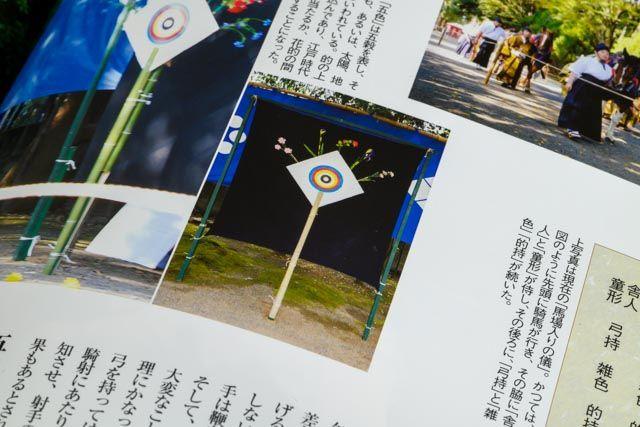
Simply balancing on the horse while turned sideways requires immense core strength, and adding to this the concentration required to fire multiple arrows in rapid succession makes this an exceedingly difficult art. In its heyday, yabusame was so supposedly so strict that archers were ready to commit hara-kiri if they missed a single target!
Yabusame at Suizenji Jojuen
I visited Suizenji Jojuen during its 350th anniversary festival and was lucky enough to witness performances by archers from both the Takeda and Ogasawara schools. A joint exhibition by both schools is an exceedingly rare occurrence and made for an exciting day.
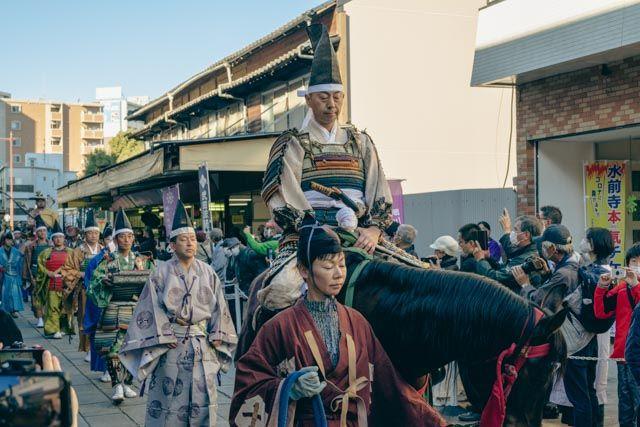
The exhibition started with a parade into the park. After winding their way through the gardens, the parade stopped at Izumi Shrine to pray and take a group photo.
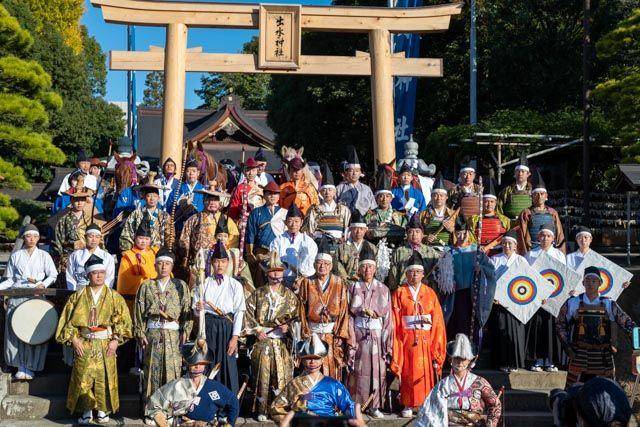
After this, the procession made its way to the rear of the gardens to the long yabusame track. Acting master Kota Takehara began the exhibition with a ritual called the Tencho Chikyu-shiki. The ritual started with Takehara reciting a secret Sanskrit chant passed down by each head of the Takeda school and taught to no one else. While reciting the chant, Takehara first pulled his bow back level with the ground, then once again pointed to the sky, and finally again pointed at the ground. This symbolized praying for world peace, a bountiful harvest, and the safety and health of mankind, and is unique to the Takeda school.
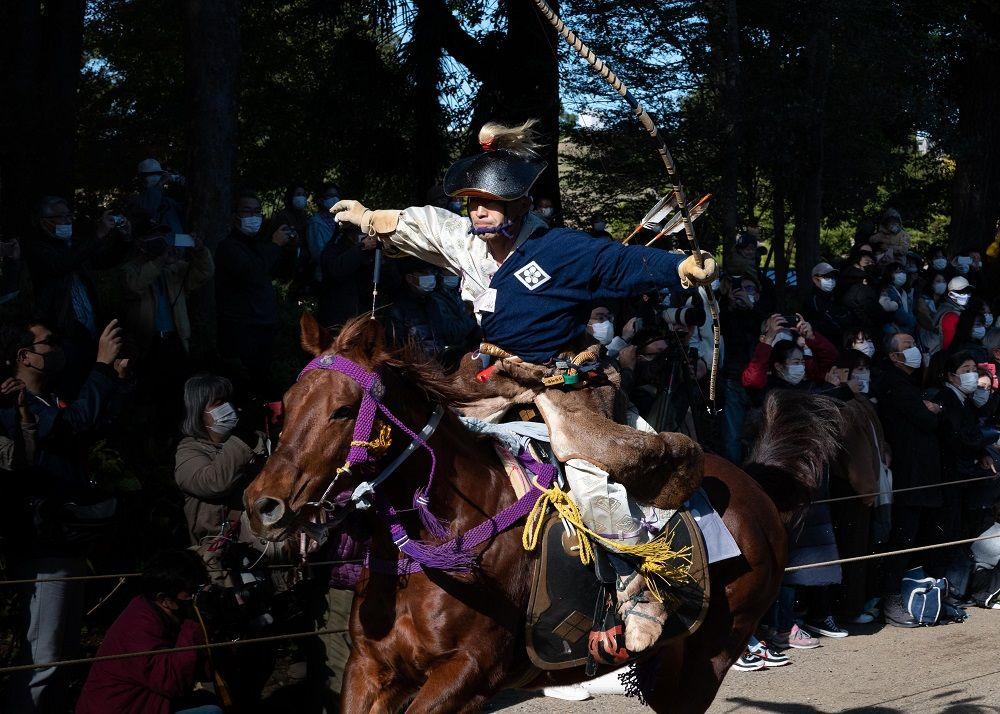
The archery started soon after. Hundreds of spectators lined the narrow track. The archers took a single practice run each before the shooting began. The unexpected speed of the horses, the magnificent attire of the archers, and the dangerously close proximity of the spectators to the track made for a thrilling and thoroughly enjoyable spectacle.
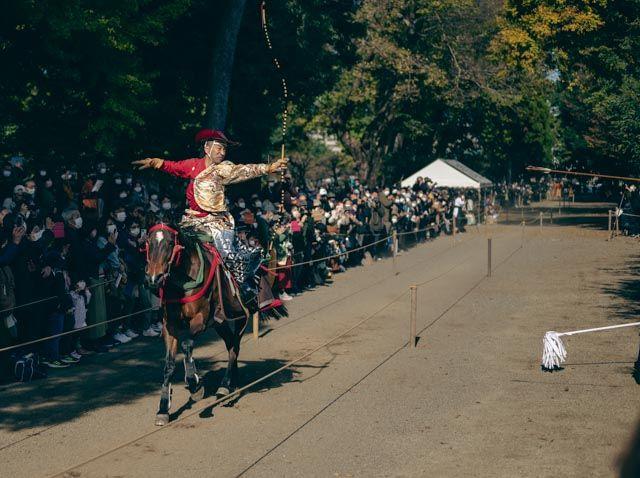
After three runs by the Takeda school, the Ogasawara archers took their turn. The archers made it look easy, but all of the spectators got a chilling reminder of how dangerous yabusame could be when one of the horses running at full speed became spooked and threw its rider from the saddle. The rider lay on the ground for what seemed like a long time. His fell hard and was likely hurt, but he soon stood up and walked off the track with little sign of the pain he was surely in.
Yabusame exhibitions are held twice yearly at Suizenji Jojuen, during the Izumi Shrine Spring and Fall festivals.
Traditional Noh Theater
Another important art form practiced at Suizenji Jojuen is Noh theater, a classic dramatic art dating back to the 14th century that utilizes ornate masks and costumes. Suizenji Jojuen features an outdoor Noh theater and holds Noh performances by firelight on the first Saturday of every August. Noh dramas frequently feature deities, ghosts, and demons, and the shadowy firelight adds to the mystical atmosphere of the performances.
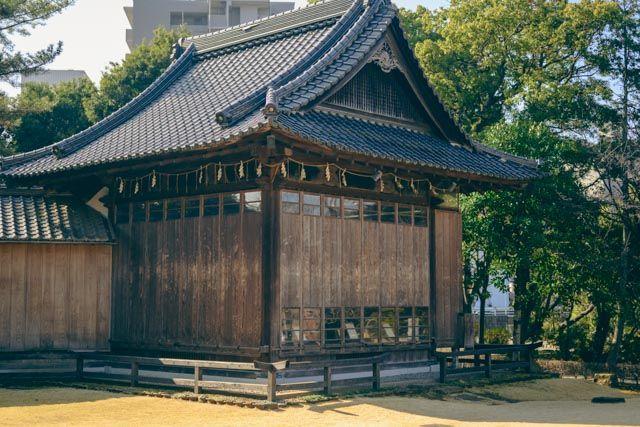
Bonseki, Flower Exhibitions, and More
Bonseki (landscapes of white sand and rocks on a black tray) is an art form closely related to tea ceremony, and the Hosokawa family was important in its development and spread. Bonseki pieces are occasionally on display in and around Suizenji Jojuen. One was on display in Kokindenju no Ma while I visited.
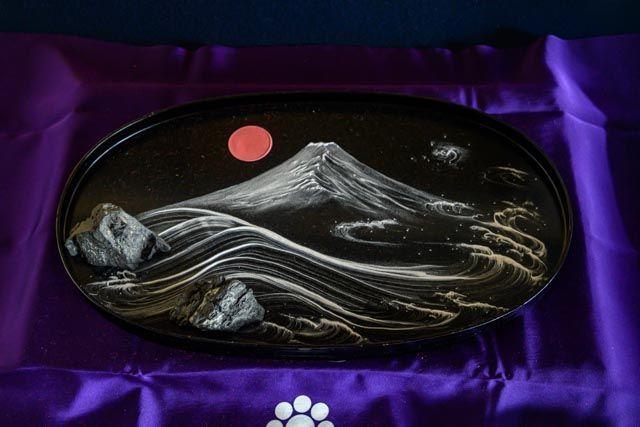
There are also larger-scale stone landscapes tucked away in the far southeast corner of the park.
The Hosokawa family and the samurai class of Kumamoto were also very interested in flower cultivation, so much so that they bred six new varieties of flowers called the Higo Rokka. As such, there are frequent flower exhibitions held throughout Kumamoto, and one such exhibition was held during the 350th anniversary festival.
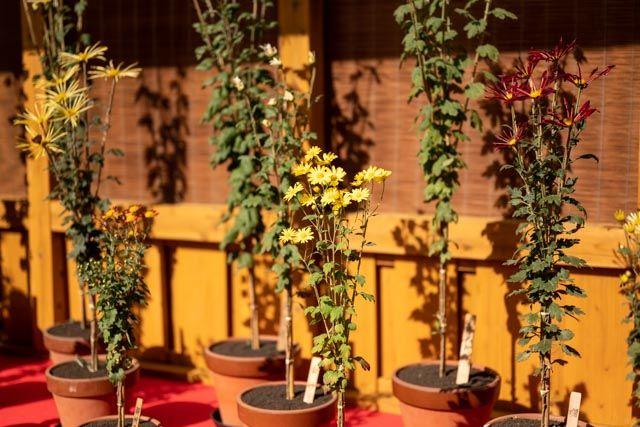
All kinds of events and performances happen at Suizenji throughout the year. Unfortunately, information online is scarce even in Japanese so it can be hard to find out when things are happening. A good place to visit to ask for information is the Kumamoto International Center. Even if there’s nothing special planned, Suizenji Jojuen is a great place to escape the busy city and take a peaceful stroll.

